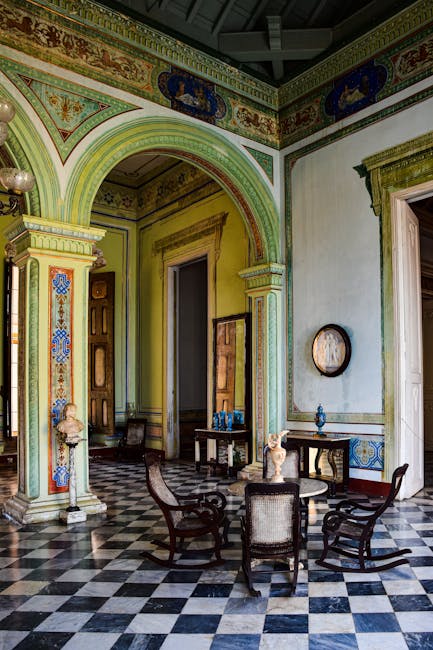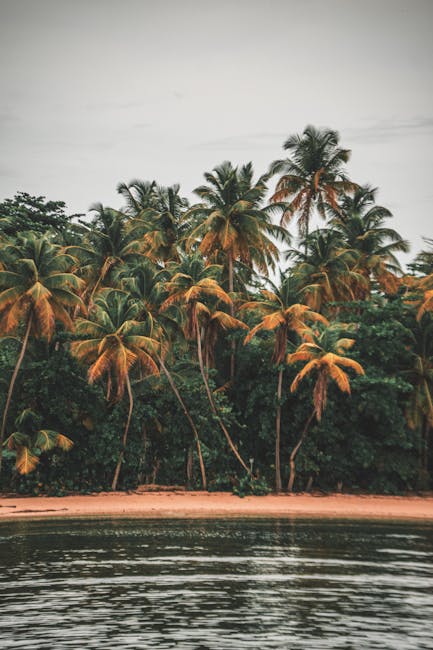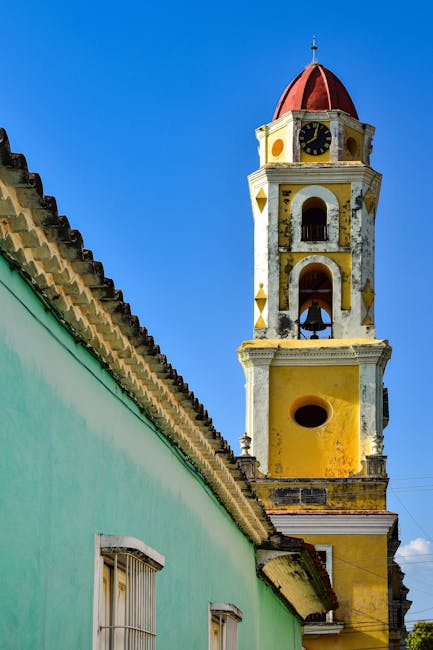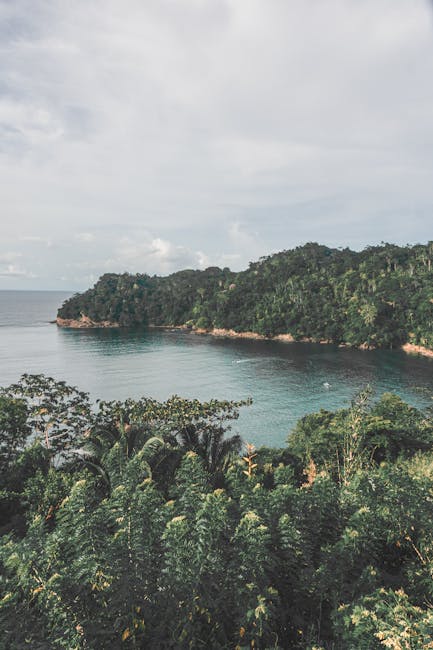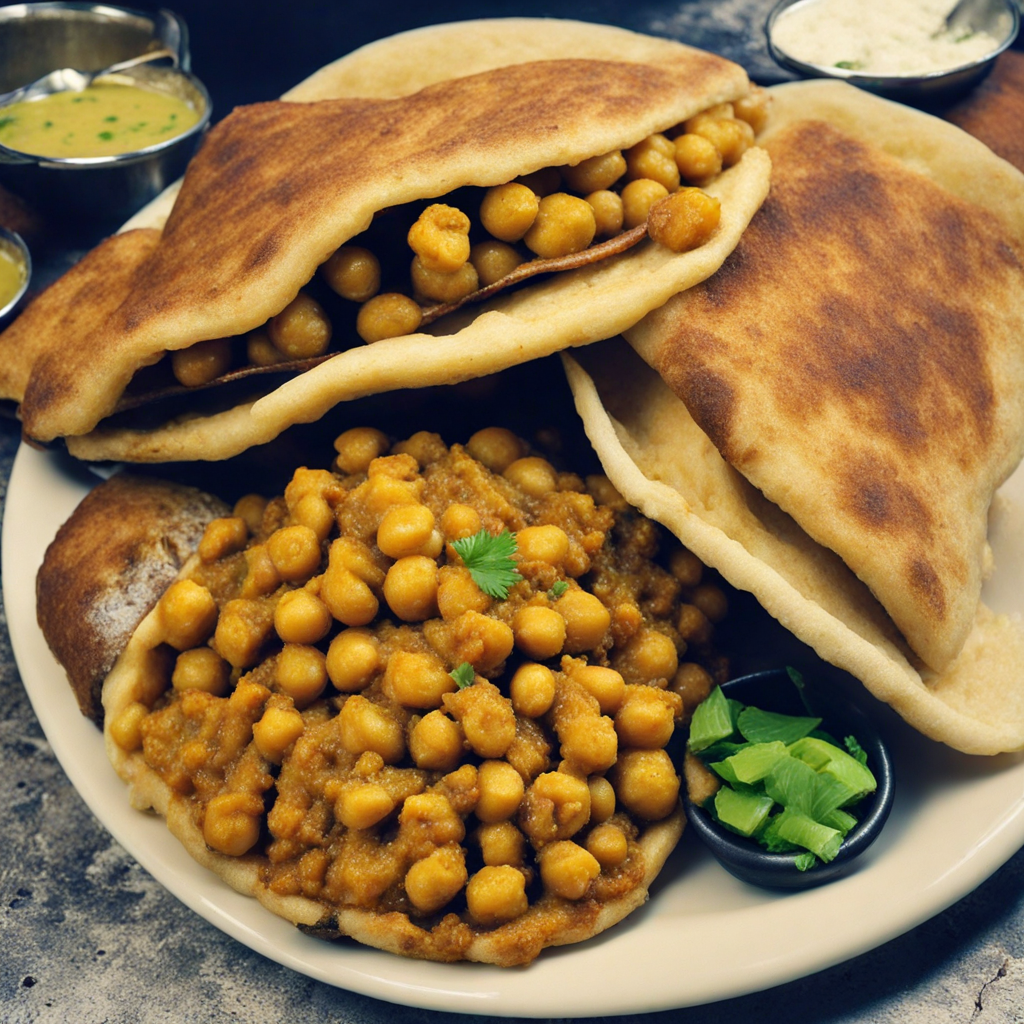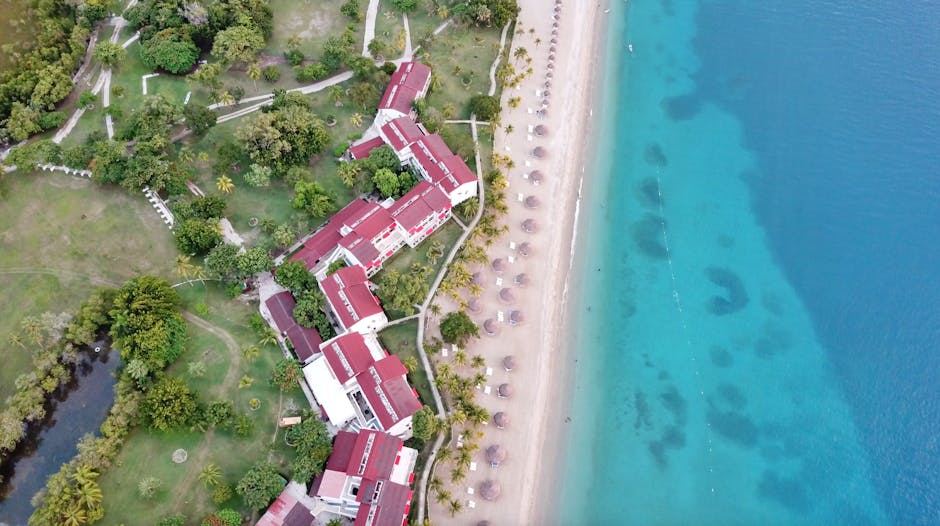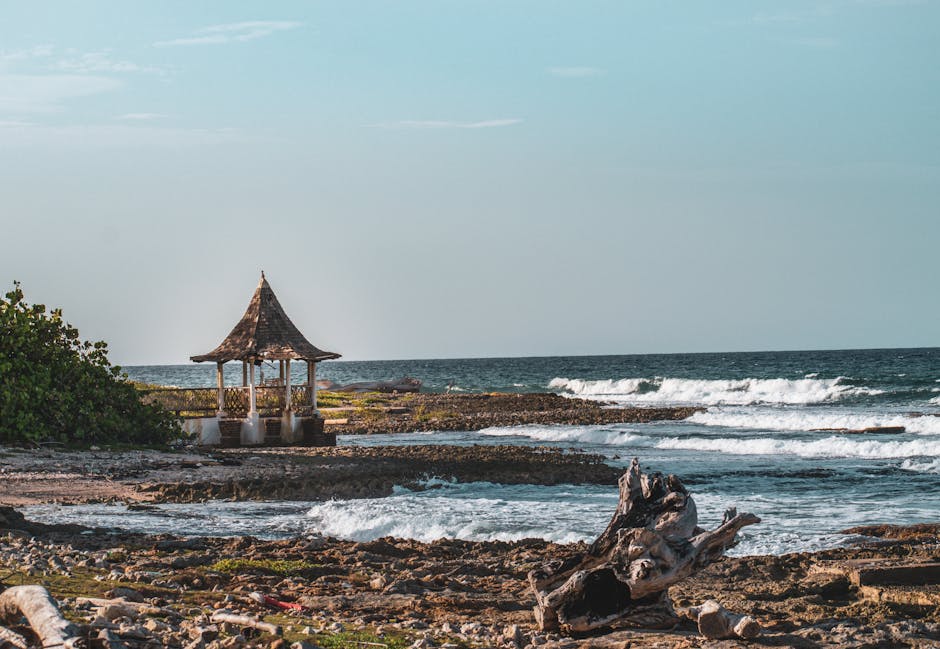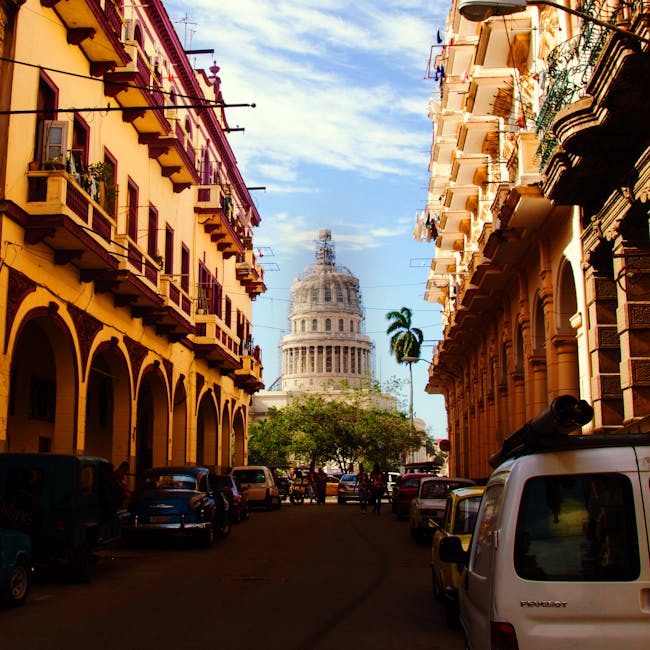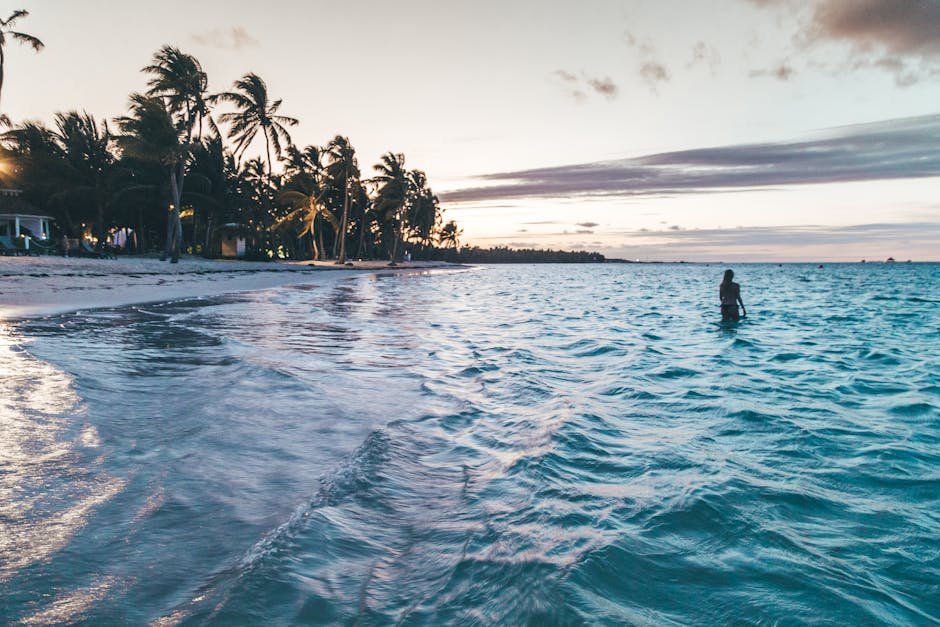Trinidad and Tobago
Overview
Trinidad and Tobago, a dual-island Caribbean nation situated off the northeastern edge of the South American mainland, offers an enticing blend of vibrant culture, diverse wildlife, and scenic landscapes. This tropical paradise is renowned for its unique fusion of cultures including African, Indian, Chinese, Arabian, and European influences. Trinidad, the larger of the two islands, is home to the bustling capital, Port of Spain, and is known for its lively Carnival, a grand display of colourful costumes, calypso, and steelpan music. Tobago, on the other hand, is the place to be for those seeking tranquility and pristine beaches. The islands' rich biodiversity, with over 400 bird species and the world's oldest protected rainforest, adds to the uniqueness of the destination.
The high season for tourism in Trinidad and Tobago falls between January and March, coinciding with dry weather and the famous Carnival season. With temperatures averaging between 25°C and 30°C, it's an ideal escape from colder climates. During this period, visitors can immerse themselves in the massive street parties and parades of Carnival, enjoy a thrilling game of cricket - a beloved sport on the islands, or explore the vibrant underwater world through snorkelling and scuba diving. Nature lovers can take advantage of the pleasant weather to explore the islands' numerous hiking trails, visit the stunning Argyle Waterfall in Tobago, or take a bird-watching tour in the Asa Wright Nature Centre in Trinidad.
Before traveling to Trinidad and Tobago, teenagers should ensure they have a valid passport. While visas are not required for visits under 90 days for most countries, it's always advisable to double-check entry requirements. Travellers from countries with a risk of Yellow Fever transmission must present a Yellow Fever vaccination certificate upon arrival. Given the tropical climate, packing lightweight, breathable clothing, sunscreen, and insect repellent is recommended. It's also essential to respect local customs and traditions; for instance, beachwear is not acceptable in towns or villages. Finally, while Trinidad and Tobago is generally safe for travel, it's wise to stay informed about the areas to avoid and to maintain the usual safety precautions.
A Glimpse into the Past
Trinidad and Tobago, a twin-island nation located off the northeastern coast of Venezuela, boasts a rich and diverse history that has shaped its vibrant culture today. The islands were originally inhabited by indigenous peoples, including the Arawaks and Caribs, who lived off the land and sea long before European contact. Their influence can still be felt in the local languages, traditions, and crafts that are celebrated today.
In 1498, Christopher Columbus arrived on Trinidad during his third voyage to the New World, marking the beginning of European interest in the islands. The Spanish claimed Trinidad, but it remained largely uncolonized for over a century. In 1532, the Spanish established the first settlement, but it wasn’t until the late 17th century that they began to colonize Tobago, which saw a series of ownership changes between the Dutch, French, and British.
In 1797, the British captured Trinidad from the Spanish, solidifying their control over the island. This period of British rule introduced significant changes, including the establishment of a plantation economy reliant on enslaved African labor. The slave trade flourished, leading to a significant increase in the African population. The legacy of this era is evident today, particularly in the island's music, food, and religious practices.
Tobago experienced a different trajectory under British rule. The island was contested between various European powers, which led to a series of battles. The British eventually solidified their control in the late 18th century, and the island became known for its sugar and cocoa plantations. The islands were amalgamated into a single colony in 1879, forming the basis of modern Trinidad and Tobago.
As the abolition of slavery came into effect in 1834, the islands faced a labor shortage. To address this, the British brought in indentured laborers from India, China, and other parts of Europe. This influx created a melting pot of cultures, which is a hallmark of Trinidad and Tobago today. The arrival of Indian laborers particularly influenced the cuisine, festivals, and religious practices, contributing to the islands' multicultural identity.
The Carnival is one of the most famous events in Trinidad and Tobago, deeply rooted in both African and European traditions. It takes place annually before Lent and showcases vibrant costumes, lively music, and energetic dance. The festival has evolved into a significant cultural expression and attracts thousands of visitors each year, making it one of the largest street parties in the Caribbean.
In the early 20th century, Trinidad and Tobago experienced social and political changes that led to increased calls for self-governance. The labor movements of the 1930s, driven by economic hardship and colonial oppression, galvanized the population and laid the groundwork for political activism. By the 1950s, Trinidad and Tobago began to gain greater autonomy, eventually achieving full independence from Britain on August 31, 1962.
Port of Spain, the capital city, is a hub of political and economic activity, with colonial architecture juxtaposed against modern buildings. Visitors can explore historic sites such as The Red House, the seat of Parliament, and Queen's Park Savannah, a large public park that serves as a venue for cultural events and festivals.
Trinidad and Tobago became a republic in 1976, further solidifying its independence. The nation has since developed a diverse economy, with oil and natural gas playing crucial roles. This wealth has allowed for investments in infrastructure, education, and healthcare, contributing to a relatively high standard of living compared to many Caribbean nations.
Natural attractions abound in Trinidad and Tobago, drawing eco-tourists and adventure seekers alike. The Turtle Beach at Grande Riviere is a significant nesting ground for leatherback turtles, where visitors can witness these majestic creatures during nesting season. Additionally, the Asa Wright Nature Centre in Trinidad is a haven for birdwatchers, boasting a diverse array of flora and fauna.
For those interested in the arts, the National Museum and Art Gallery in Port of Spain offers insights into the islands' history and culture. It showcases works by local artists and important historical artifacts that tell the story of Trinidad and Tobago’s journey through colonization, slavery, and independence.
The island of Tobago is particularly known for its stunning beaches, such as Pigeon Point and Store Bay, where visitors can enjoy sunbathing, snorkeling, and water sports. The Buccoo Reef, a protected marine park, is famous for its coral gardens and diverse marine life, making it a popular spot for glass-bottom boat tours.
Cuisine is another integral aspect of Trinidad and Tobago’s culture. The islands are renowned for their culinary diversity, reflecting the various ethnic influences. Dishes like roti, doubles, and callaloo are must-tries for any visitor. Street food stalls offer an authentic taste of local flavors, particularly during events like the Food and Rum Festival, which celebrates the best of Trinidadian and Tobagonian cuisine.
Steelpan music originated in Trinidad, and today it is recognized worldwide. The annual Panorama competition showcases the talents of steelpan orchestras, drawing both local and international participants. This unique musical genre, which emerged from the African traditions and the sounds of the Caribbean, is an essential part of the islands' cultural identity.
In terms of cultural heritage, the islands also celebrate various festivals throughout the year, including Divali, the Hindu festival of lights, and Eid, marking the end of Ramadan. These celebrations highlight the multicultural fabric of Trinidad and Tobago, where different religious and cultural practices coexist harmoniously.
Visitors to Trinidad and Tobago will find that the islands offer a unique blend of history, culture, and natural beauty. From the vibrant streets of Port of Spain to the serene beaches of Tobago, there are countless opportunities to immerse oneself in the rich heritage that defines this beautiful nation.
Ultimately, Trinidad and Tobago stands as a testament to resilience and cultural fusion, making it a captivating destination for travelers seeking to explore the depths of Caribbean history and culture. Whether it's through music, food, or the warmth of its people, Trinidad and Tobago invites visitors to experience its narrative firsthand, ensuring that the stories of the past remain alive in the present.
Top cities for tourists in Trinidad and Tobago
Discover the Famous Cities That Might Captivate Your Interests
Must-Try Foods You Can't Afford to Miss
Indulge in a Variety of Fantastic Foods During Your Stay in Trinidad and Tobago
May Be Your Next Destinations
People often choose these countries as their next destination


